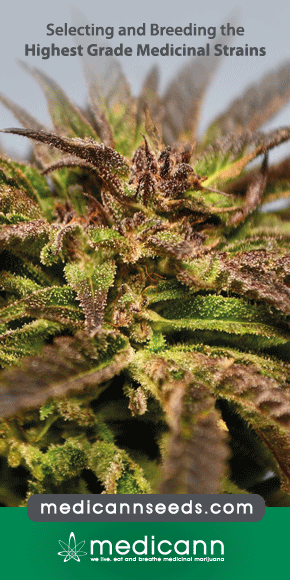Report of a parent survey of cannabidiol-enriched cannabis use in pediatric treatment-resistant epilepsy
Abstract
Severe childhood epilepsies are characterized by frequent seizures, neurodevelopmental delays, and impaired quality of life. In these treatment-resistant epilepsies, families often seek alternative treatments. This survey explored the use of cannabidiol-enriched cannabis in children with treatment-resistant epilepsy. The survey was presented to parents belonging to a Facebook group dedicated to sharing information about the use of cannabidiol-enriched cannabis to treat their child’s seizures. Nineteen responses met the following inclusion criteria for the study: a diagnosis of epilepsy and current use of cannabidiol-enriched cannabis. Thirteen children had Dravet syndrome, four had Doose syndrome, and one each had Lennox-Gastaut syndrome and idiopathic epilepsy. The average number of antiepileptic drugs (AEDs) tried before using cannabidiol-enriched cannabis was 12. Sixteen (84%) of the 19 parents reported a reduction in their child’s seizure frequency while taking cannabidiol-enriched cannabis. Of these, two (11%) reported complete seizure freedom, eight (42%) reported a greater than 80% reduction in seizure frequency, and six (32%) reported a 25-60% seizure reduction. Other beneficial effects included increased alertness, better mood, and improved sleep. Side effects included drowsiness and fatigue. Our survey shows that parents are using cannabidiol-enriched cannabis as a treatment for their children with treatment-resistant epilepsy. Because of the increasing number of states that allow access to medical cannabis, its use will likely be a growing concern for the epilepsy community. Safety and tolerability data for cannabidiol-enriched cannabis use among children are not available. Objective measurements of a standardized preparation of pure cannabidiol are needed to determine whether it is safe, well tolerated, and efficacious at controlling seizures in this pediatric population with difficult-to-treat seizures.
Source:Pubmed



